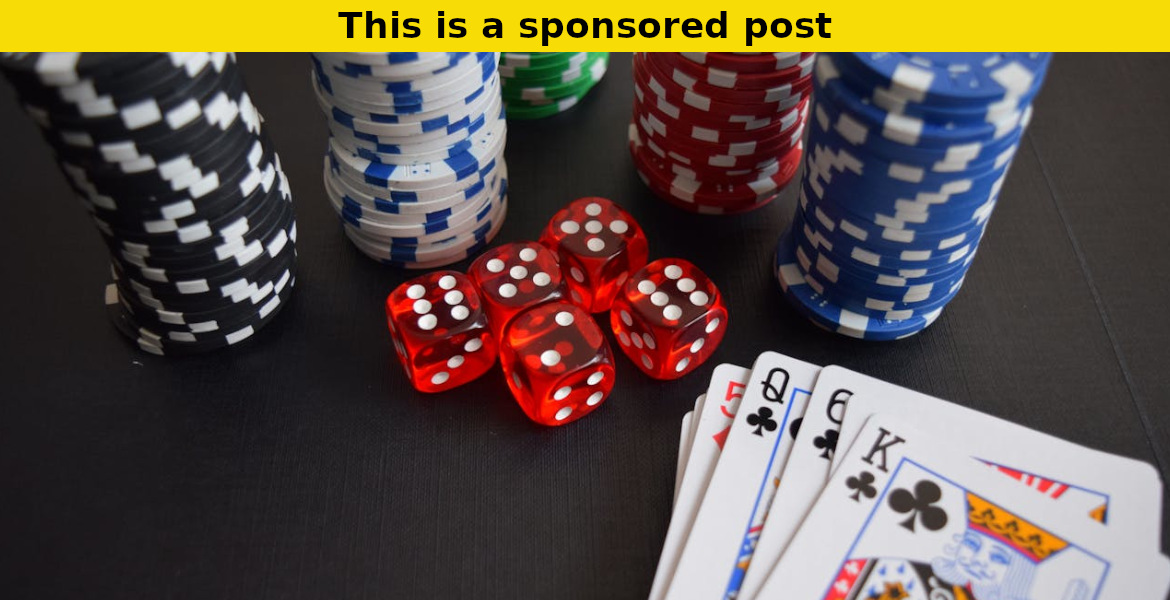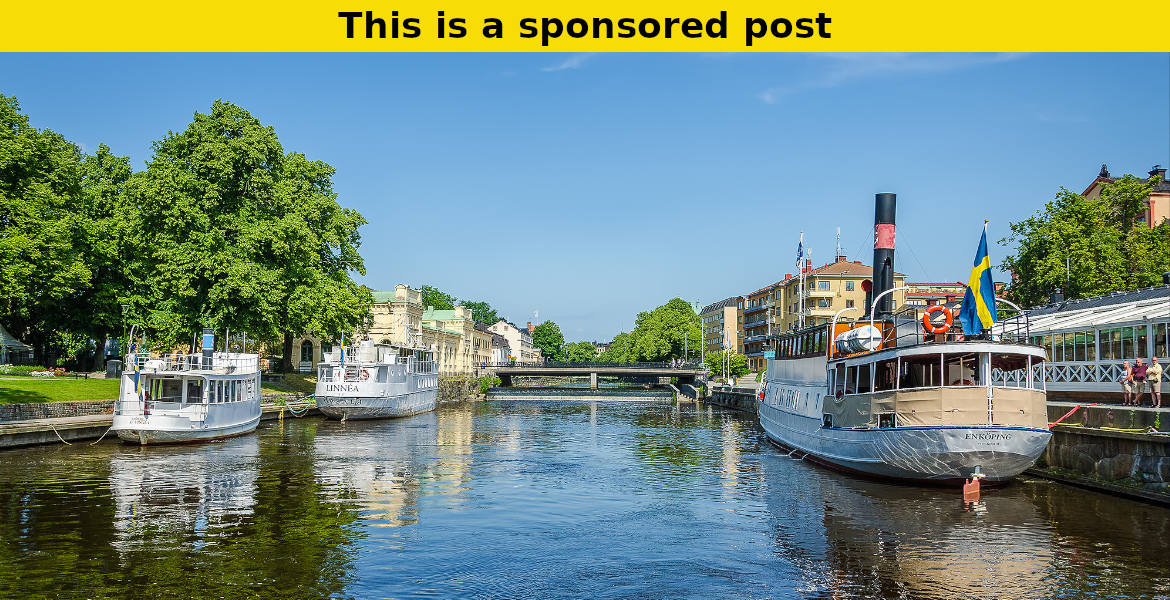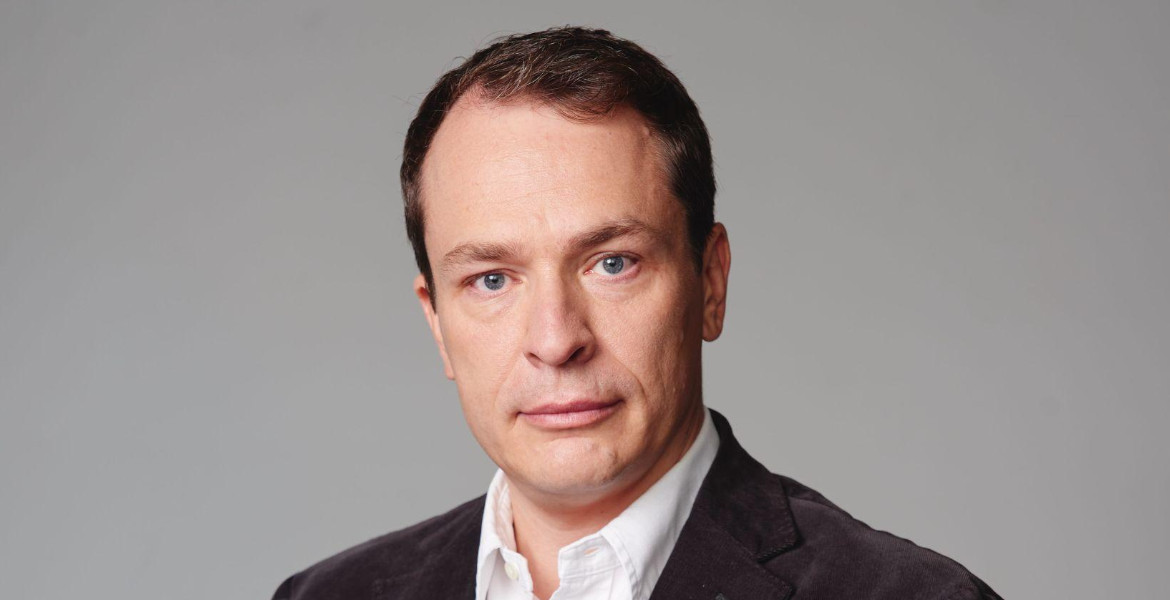Disposable vapes have emerged as an increasingly popular alternative to traditional vapes in the e-cigarette market. These convenient and consumable devices offer a simple and hassle-free vaping experience that attracts both new users and veterans of the vaping world.
What are disposable vapes?
Engångsvapes are small, sealed devices that contain a predetermined amount of e-liquid (e-juice) and a built-in rechargeable battery. They are designed to be easy to use right out of the package without the need to refill the liquid or charge the battery. Once the user has consumed all the e-liquid or the battery runs out, the device is thrown away.
Advantages of disposable vapes
- Simplicity
Their use does not require any complicated configuration or refilling. It is a 'take and use' solution, which makes them particularly attractive for beginners in vaping. - Portability
Their compact size and lightness make them easy to carry everywhere. It eliminates the need to carry extra e-liquid or chargers. - Diversity of flavors
Just like regular vapes, disposable vapes offer a wide range of flavors and nicotine strengths to suit different users' preferences. - No maintenance requirements
Because they are consumable, they require no cleaning or maintenance. When they are empty or the battery is discharged, they are simply thrown in the trash. - Lower initial investment
Compared to buying a reusable vape device and accessories, disposable vapes can be a cheaper option in the beginning.
Differences between disposable vapes and traditional vapes
- - Reusability
The most obvious difference is that disposable vapes are not intended to be reused, while traditional vapes are designed to be refilled with e-liquid and reloaded. - Adaptability
Traditional vapes allow users to customize and replace various components such as coils and e-liquids, giving a greater degree of control over the vaping experience. - Environmental impact
Disposable vapes can contribute to increased waste compared to reusable vapes. Their use leads to more devices being discarded, which can have a negative environmental impact if not disposed of and managed properly.
Ease of use
- - Simplicity
Disposable vapes are extremely easy to use. They require no assembly or filling of e-liquid and usually have a 'draw and use' function, making them immediately available for use straight out of the package. - No technical knowledge required
There is no complexity in adjusting settings, changing coils or cleaning, making them an attractive option for beginners or users who prefer a hassle-free vaping experience.
Performance and flavor experience
- Flavor spectrum
Disposable vapes offer a wide range of flavors, just like traditional vapes. These include everything from fruity and sweet flavors to tobacco or menthol-based options. - Consistency in flavor
User reviews and tests have shown that the flavor and vapor quality of disposable vapes can vary. Some models may offer a consistent and satisfying flavor experience while others may be less consistent.
Price and Availability
- - Initial cost
Disposable vapes can be cost-effective at first glance compared to buying a reusable vape device and accessories, but they can be more expensive in the long run if purchased frequently. - Availability
These products are often available in almost all stores that sell e-cigarettes and can also be purchased online. Their simplicity and affordability make them accessible to a wide consumer base.
Sustainability and environmental impact
- Disposable culture
The main disadvantage of disposable vapes is their single-use nature. They contribute to increased waste and have a negative environmental impact if not disposed of and managed properly. - Eco-friendly alternatives
There is a growing demand for more environmentally friendly alternatives to disposable vapes. Some manufacturers are exploring options such as recyclable materials or reusable parts to reduce waste.
In conclusion, the user experience and consumer perspective is crucial when it comes to assessing the advantages and disadvantages of disposable vapes. Their simplicity, accessibility and taste variety attract many users, but their disposable nature and the potential long-term cost should also be considered when choosing a vaping device. Balancing ease of use and performance with environmental concerns is an important consideration for many consumers today.
The way forward
Disposable vapes offer benefits such as simplicity and portability at an affordable price, which has made them an appealing option for many. At the same time, it is important to consider the potential environmental impact that their increasing popularity may bring. Manufacturers and consumers should work together to find sustainable solutions, either through improved recycling or the development of more environmentally friendly alternatives.
Finally, the choice between disposable and traditional vapes is largely a matter of personal preference and lifestyle. Both options have their advantages. It is important for users to make informed choices based on their needs and desires when it comes to vaping.




